This exhibition I'm going to post about today was a mixed one. Two artists exhibiting their amazing works. Mária Hunyadi and László Hunyadi, husband and wife, showing the public their creativity and ideas. There was a mix of artworks, ranging from fiber art to statues and metal plates, but today I'm going to focus on László Hunyadi's work exclusively.
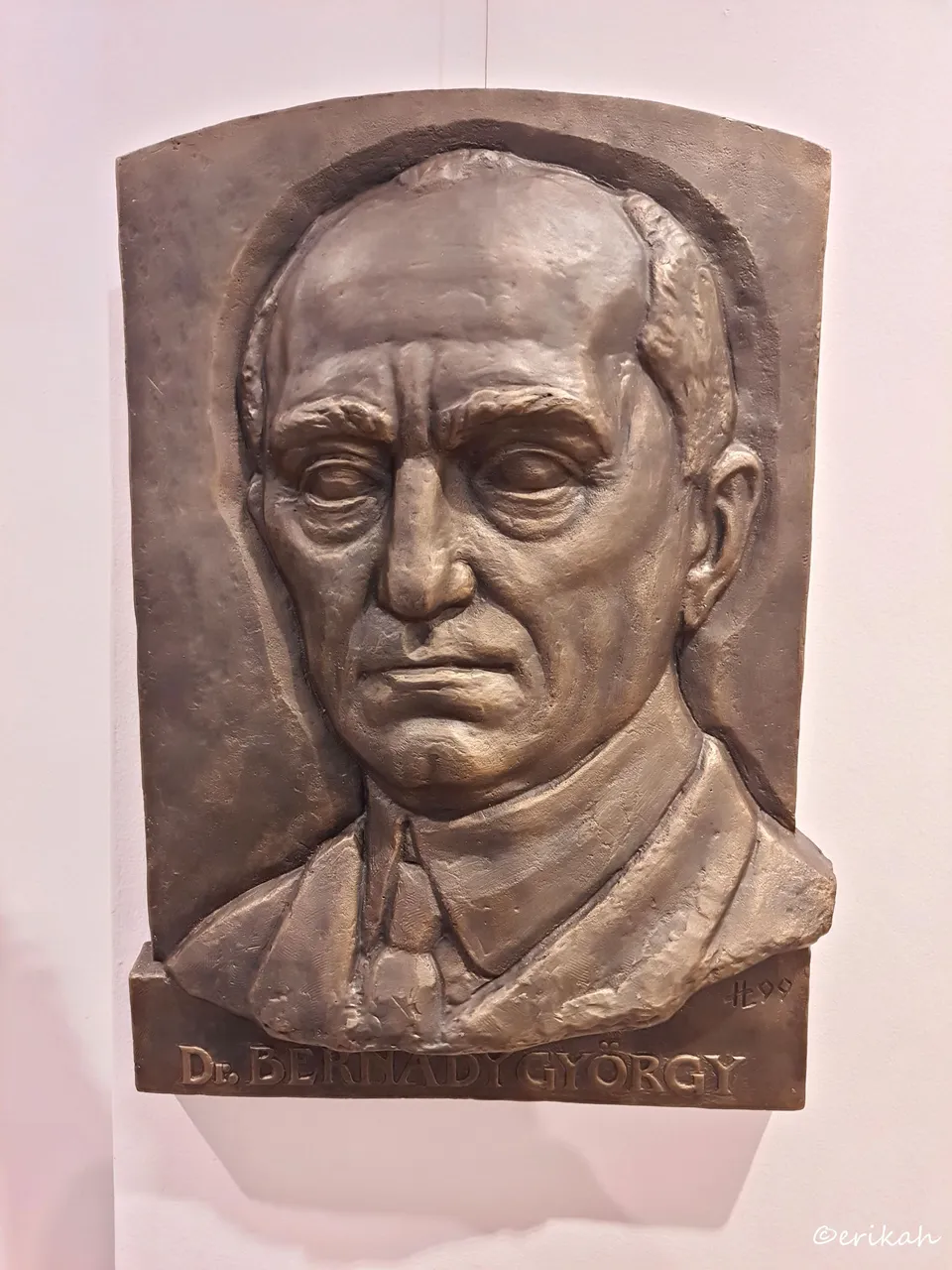
Dr. György Bernádi
Dr. György Bernádi is a well known figure in Transylvania's history. He had a huge contribution in the development of Marosvásárhely, there's a square named after him, and there's a statue in his memory too, making the square more memorable.
György Bernády (Bethlen, 10 April 1864 – Târgu Mureș, 22 October 1938) was the mayor of Târgu Mureș (Marosvásárhely) twice, 1900–1912 and 1926–1929. In this period the City Hall and the Cultural Palace in Târgu Mureș on the Roses Square were both built. His name is associated with public illumination and sewerage in the city. In this period many schools, libraries and art galleries were also built. source
There are photos of György Bernády from his days, several statues, busts and paintings, so I can tell you, this metal plate is a wonderful piece of art.
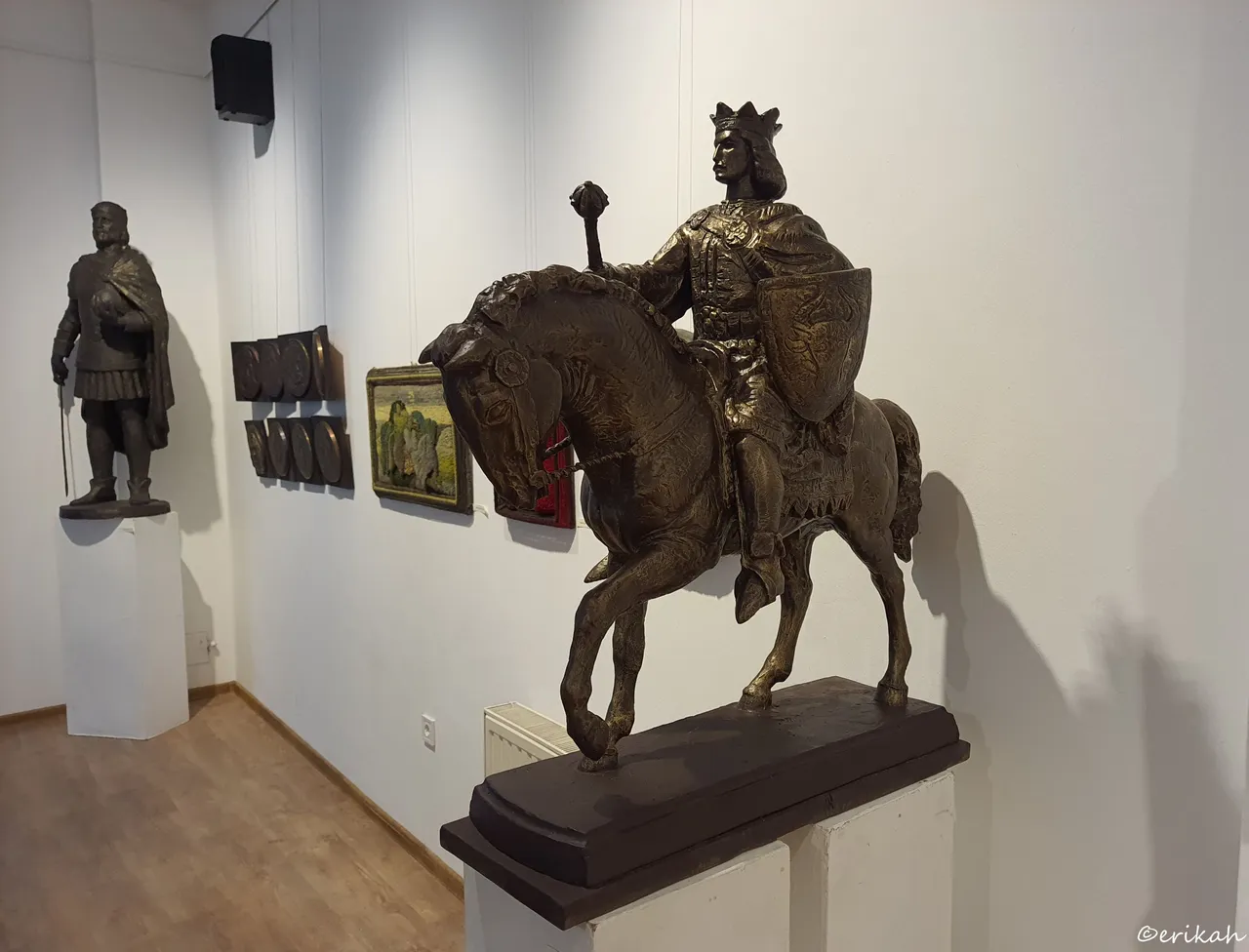
Stephen the Great
Statue of Stefan Cel Mare, or Stephen the Great in English, by László Hunyadi.
Stephen III, commonly known as Stephen the Great (Romanian: Ștefan cel Mare); died on 2 July 1504), was Voivode (or Prince) of Moldavia from 1457 to 1504. He was the son of and co-ruler with Bogdan II, who was murdered in 1451 in a conspiracy organized by his brother and Stephen's uncle Peter III Aaron, who took the throne. Stephen fled to Hungary, and later to Wallachia; with the support of Vlad III Țepeș, Voivode of Wallachia, he returned to Moldavia, forcing Aaron to seek refuge in Poland in the summer of 1457. Teoctist I, Metropolitan of Moldavia, anointed Stephen prince. He attacked Poland and prevented Casimir IV Jagiellon, King of Poland, from supporting Peter Aaron, but eventually acknowledged Casimir's suzerainty in 1459. source
Looking at this statue, makes me want to sit next to a sculptor and watch the artist work. I've seen snippets of their process, but it would be interesting to see an artwork from infancy to completion.

Imre Nagy
Imre Nagy is also a prominent figure of the Transylvanian cultural life.
Imre Nagy also Imre Zsögödi Nagy, Imre Nagy of Jigodin (25 July 1893 – 22 August 1976) was a Romanian-Hungarian painter, born in the part of Hungary that later became part of Romania.
Nagy was active as an artist for 54 years. He lived in a simple house with three rooms, which he expanded in 1966 with an art studio. All his working life he started working there every day at six o'clock in the morning, and this until a very old age. source
While I was looking at this metal sculpture, was thinking about the similarities between creating such an artwork and taking a photo. Obviously the latter is much more easier and faster, but from framing perspective, there are a lot of similarities. Here the artist chose to respect the rule of third, if there's such thing in art and I love it.
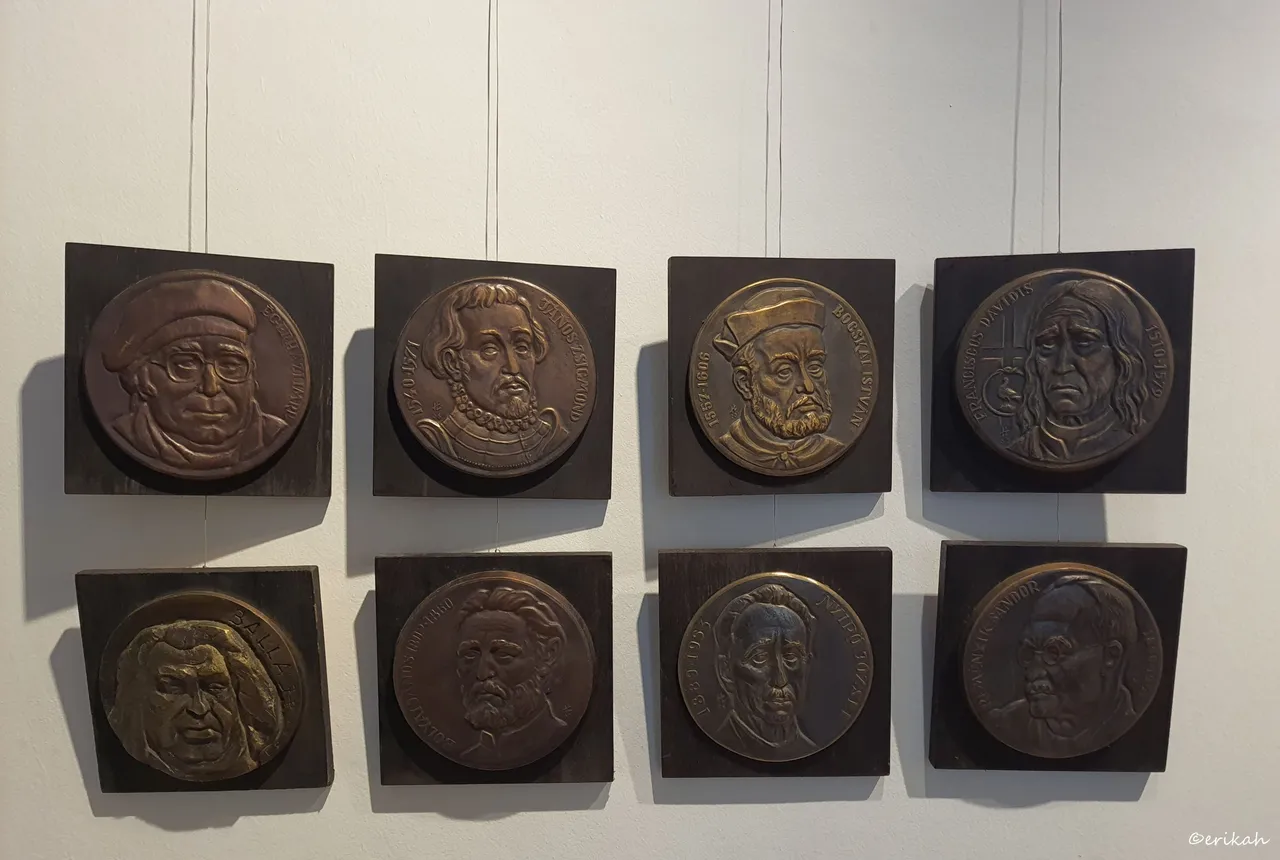
This was a very interesting part of the exhibition. Most likely it's a series as looking at the personality names, it makes sense to make it a series.
Franciscus Davidus, 1510 - 1579
István Bocskai, 1557 - 1606
Zsigmond János 1540 - 1571
János Bolyai 1802 - 1860
Just to name a few. Apart from the artistic value of these artworks, there's the historical and cultural value to consider as well. The personalities you see on these sculptures had a fair amount of influence in the region's history. Some of them are well known by most of us living here, but there are some who are less known.
This happens to me at every exhibition. I see a painting or a sculpture, about someone or something I have no knowledge about and the first thing I do when I get home is to look them up and learn as much as I can about them. It's a great way to learn. Once stored in your long time memory, it's highly likely you will remember it later.
Last time I posted about this exhibition, I told you there was an elderly couple as well. At some point they saw a painting about someone they did not know. What do you think the woman did? She took out her smartphone and asked google to look the person up! And she was in her late 60's in my opinion. Now that's a smart way of handling things. And there are those who run through the exhibition in 2 minutes and they are done. Nothing wrong with that either as each to their own.
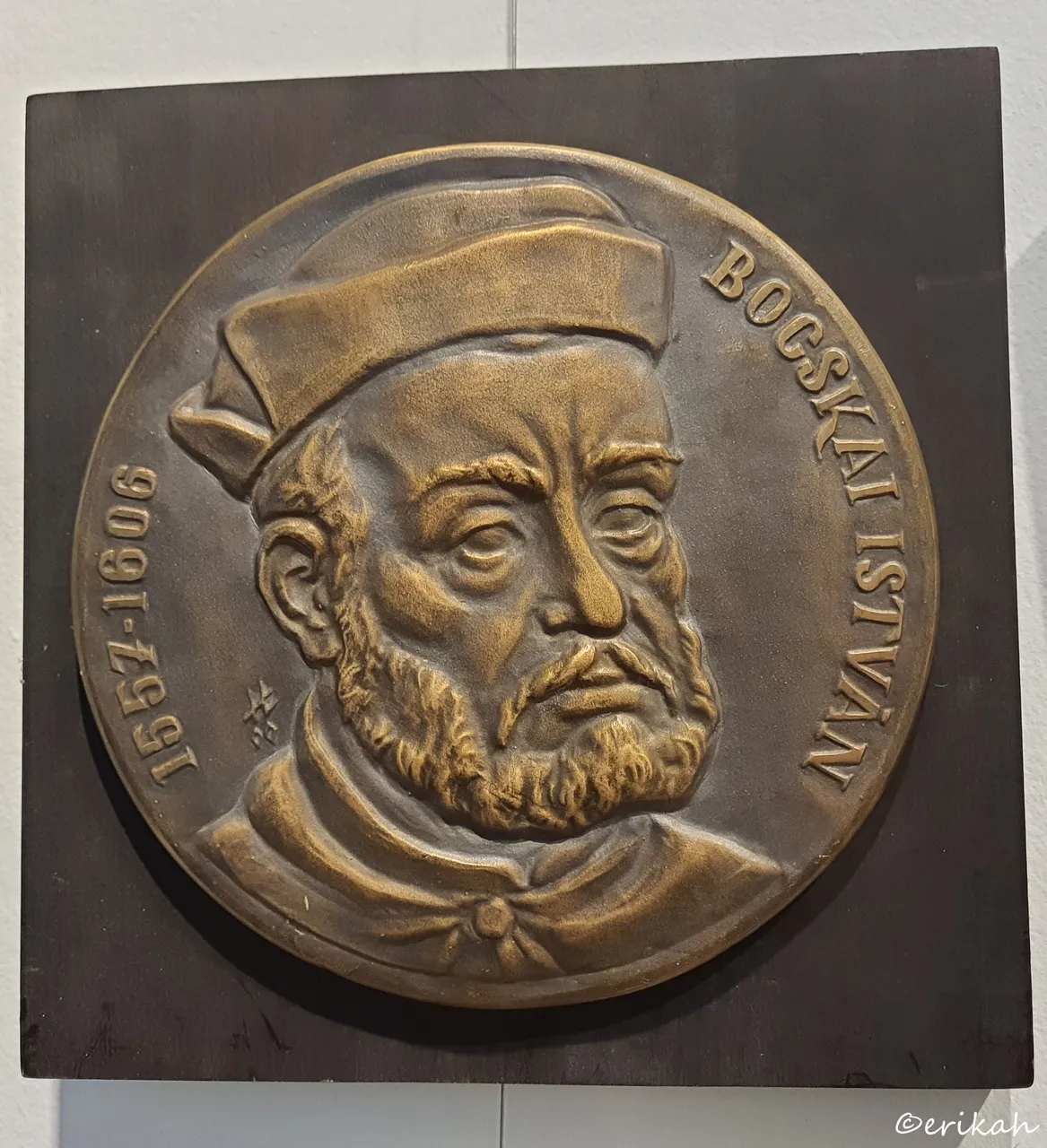
To get back to the sculptures, I picked one to show you the details. This is István Bocskai, or Stephen Bocskai in English, Prince of Transylvania and Hungary from 1605 to 1606. Look at the details! Look at how the relief is made to create shadows. I love it!
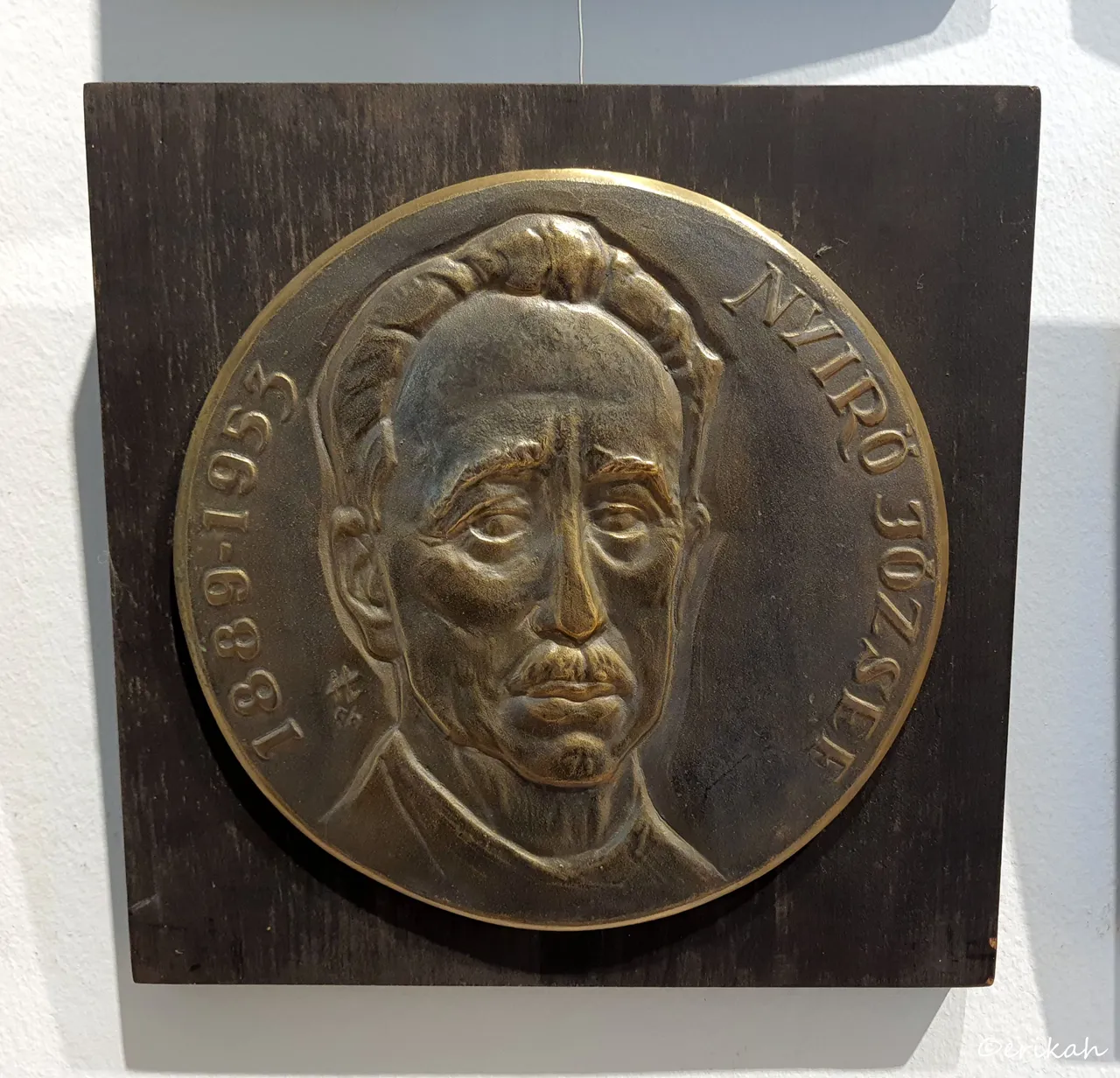
Nyírő József, 1889 - 1953
Nyírő József was a Hungarian writer, a well known one, I have most of his books on my shelf today. Look at the facial expression of the writer, his facial features. It's a great work in my eyes.
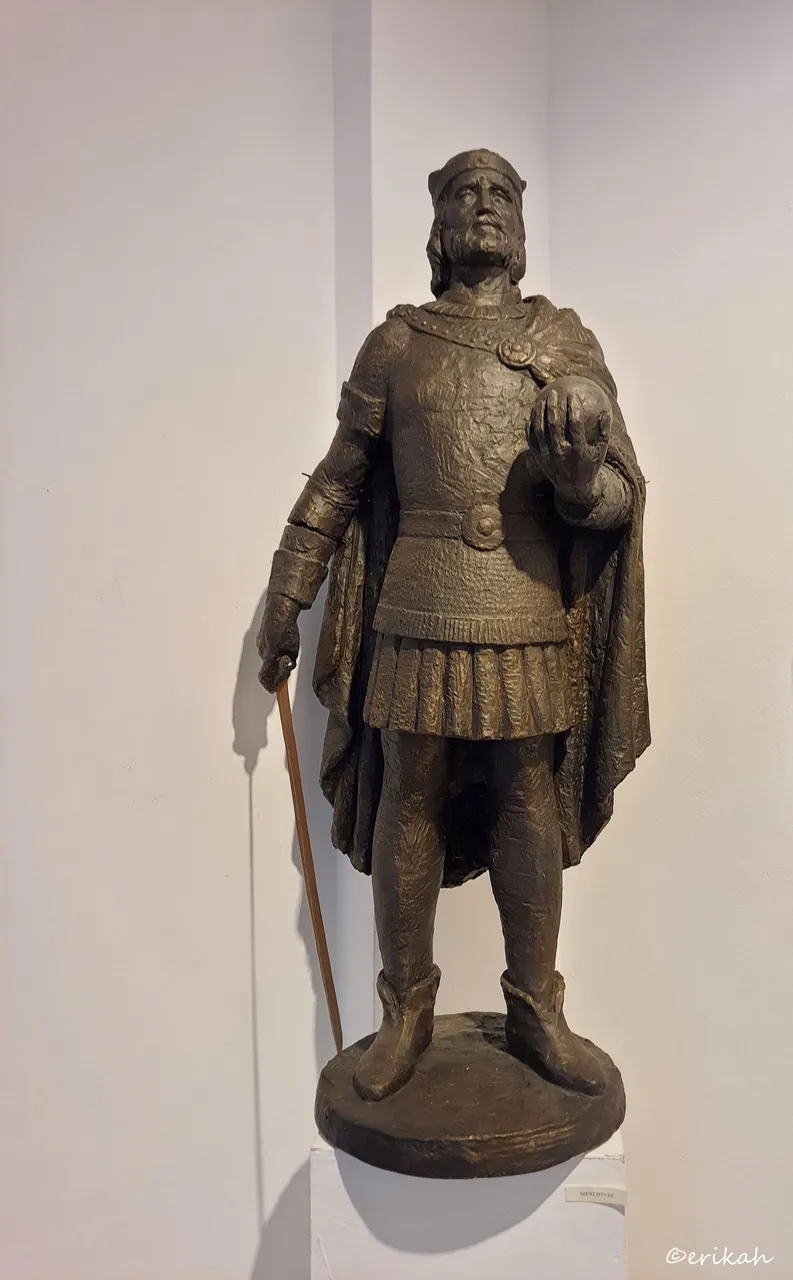
Stephen I of Hungary
Stephen I, also known as King Saint Stephen (Hungarian: Szent István király c. 975 – 15 August 1038), was the last Grand Prince of the Hungarians between 997 and 1000 or 1001, and the first King of Hungary from 1000 or 1001, until his death in 1038. source
An other important figure in Hungary's history, that can't be missing from the exhibition. As you can see, Szent István (the Hungarian name) lived between 975 – 1038. Back in those days there were no photos. There are a bunch of statues, sculptures and paintings, but no clear picture of the great king. In cases like this, you evaluate the execution of the statue and I like what I see.
I hope you have a favorite too :)

If you're a newbie, you may want to check out these guides:
- Communities Explained - Newbie Guide
- Cross Posting And Reposting Explained, Using PeakD
- Hive Is Not For Me
- How To Pump Your Reputation Fast - Newbie Guide
- Tips And Tricks & Useful Hive Tools For Newbies
- More Useful Tools On Hive - Newbie Guide
- Community List And Why It Is Important To Post In The Right Community
- Witnesses And Proposals Explained - Newbie Guide
- To Stake, Or Not To Stake - Newbie Guide
- Tags And Tagging - Newbie Guide
- Newbie Expectations And Reality
